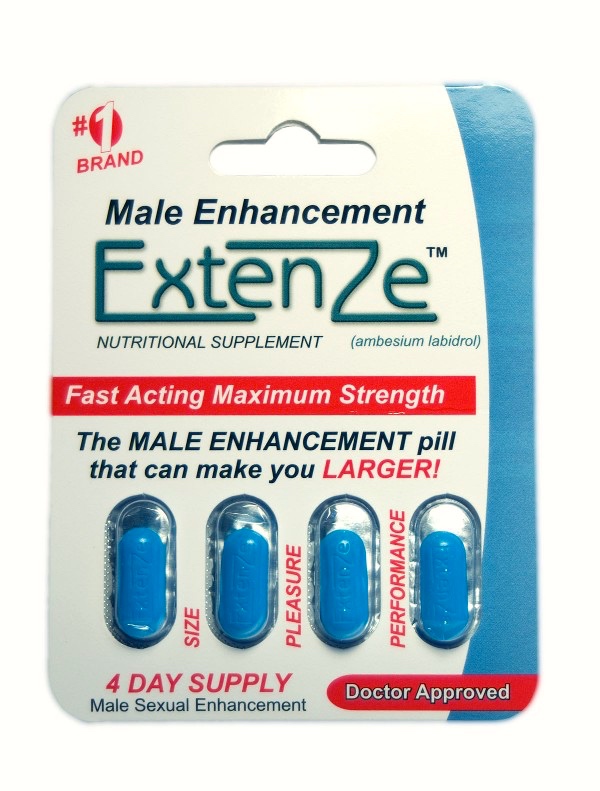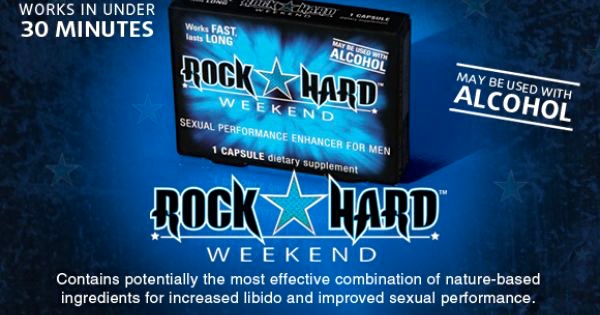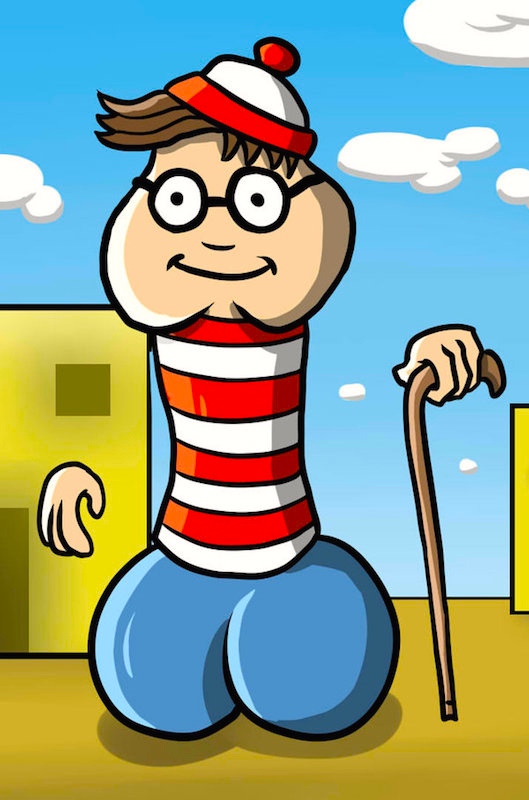(It’s going to be penis penis penis in this posting. But fairly decorously, and with some discussion of names, plants, and medicine.)
Every so often there’s an outbreak of ExtenZe commercials on late-night cable television. Well, the same commercial, over and over again. The current ad features former Dallas Cowboys head coach Jimmy Johnson, who became the official spokesman for ExtenZe in 2010:
Here’s comic Jim Gaffigan riffing on this commercial:
Note Gaffigan’s playing on Jimmy Johnson‘s name as a possible factor in his choice as spokesman; Gaffigan mentions (former Chicago Bears linebacker) Dick Butkus as an alternative. I suppose it’s too bad that actor Peter O’Toole is no longer available. (In a while I’ll consider Willy / Willie candidates.)
But first some ExtenZe background.
From Wikipedia:
ExtenZe is a herbal nutritional supplement claiming to promote “natural male enhancement”, a euphemism for penis enlargement. Additionally, television commercials and advertisements claim an “improved” or “arousing” sexual experience [longer, stronger, harder erections]. Websites selling the product make several more detailed claims, including acquiring a “larger penis”. Their enlarging effects are described as “temporary” which will only provide you a “chubby one” while under the use of Extenze. Early infomercials featured a studio audience and porn star Ron Jeremy.
(Earlier mention of the product on this blog in section 3 of a 9/14/11 posting.)
(ambesium labidrol is an invented name for ExtenZe.)
A fair number of websites claim to be providing “reviews” of ExtenZe and its efficacy, but these are just disguised ads for the product.
The world of male enhancement. A very crowded world it is. It comes in two parts: supplements that you take internally, like ExtenZe or its competitor Rock Hard Weekend;
and massage oils for the penis, usually from Chinese or Indian sources:
Penis slang names. A digression now on the topic of names that are slang terms for the penis. Gaffigan went though Johnson and Dick, and I added Peter and O’Toole. Then there’s Willy / Willie. Plenty of candidates here, though I think my favorite is singer-songwriter Willie Nelson.
Also plenty of playing with the names Willy / Willie, with the phallic associations. Here are three from a very crowded field: a rainbow willy warmer (knitted), from the firm MenKind:
and two plays on Where’s Wally (British) / Waldo (North American)? One, the image “Where’s wally willy” by Rennis05 on DeviantArt:
And, two, the book “Where’s Willy?” by Wings Illustration (2010). From the publisher’s blurb on Amazon UK:
Where s Willy? is a great fun book for the sausage-chaser in your life! The concept is slightly rude of course, but this book is not filled with huge, graphic images, the material is handled in a delicate manner and is great for a giggle! With three star characters throughout who bear an uncanny resemblance to Tiger Woods, Bill Clinton and Michael Douglas the Search for little Willies around the world begins!
(All very British. Spotted Dick is the name of a traditional British suet pudding, briefly considered on this blog in a posting of 9/9/09).
The ingredients of ExtenZe. On a “How Does Extenze Work?” site, the company explains that the ingredients come in four parts: three “Support formulas” — male prohormones, bio-enhancement, and sexual response enhancement — plus zinc and folic acid. I’ll run fairly quickly through two of these parts, saving the Bio-Enhancement Support and Sexual Response formulas for extended discussion. From the compay site:
(4) There are two … ingredients in Extenze which are not part of the 3 Support formulas: Zinc and folic acid. Both of these ingredients are essential to your overall health and have many functions in the body. For the male sexual system, they are very important for sex hormone production. Studies show that deficiencies in zinc or folic acid can lead to infertility. By taking these supplements as part of Extenze, you can get an impressive boost in your male vitality. Ejaculations become more voluminous.
(1) Extenze Male Prohormone Support: There are two ingredients which make up this part of the Extenze formula: DHEA and Pregnenolone. Both ingredients are chemicals which naturally occur in the body. Their jobs include regulating sexual hormones. By taking Extenze, you can get a boost in your testosterone levels.
The supplement also contains γ-aminobutyric acid (GABA) (a neurotransmitter, marketed as a supplement for its purported calming effect) and L-arginine hydrochloride (a natural amino acid).
(2) Extenze Bio-Enhancement Support: As men age, their blood circulation becomes weaker. This is harmful to your entire body, including your erectile function. Without enough blood flowing to the penis, penile cells can become weak and incapable of holding enough blood for a large erection. Poor blood flow can also result in smaller, soft erections. Extenze makes sure that men are getting the best quality, largest erections possible with the Bio-Enhancement Support formula. This formula contains circulation boosters like black pepper and ginger.
Not only black pepper (Piper nigrum), but also the closely related long pepper (Piper longum), both as ground-up seeds in ExtenZe. These two plants have three things in common: they are spicy, “hot”, which goes along with their circulatory effects; they have notably phallic seed clusters; and they are elements in several traditions of herbal medicine, probably because of the first two commonalities.
On the phallicity of the long pepper:
The fruit of the pepper consists of many minuscule fruits — each about the size of a poppy seed — embedded in the surface of a flower spike that closely resembles a hazel tree catkin.
Examples:
Black pepper flower spikes are less showily phallic.
In any case, it’s quite likely that these pepper seeds play a role in some herbalist traditions in part because of the phallic nature of the spikes — as instances of folk beliefs that the utility of a plant can be gauged from the appearance of its parts (walnuts are “brain food” because their nutmeats resemble brains). In the West, such beliefs were incorporated in medical practice in the doctrine of signatures —
The doctrine of signatures, dating from the time of Dioscurides and Galen, states that herbs that resemble various parts of the body can be used by herbalists to treat ailments of those parts of the body. A theological justification for this, as stated by botanists like William Coles, was that God would have wanted to show men what plants would be useful for.
but similar beliefs guided other ancient traditions, in paricular those of China and India.The two types of Piper seeds have two things going for them as elements of folk-medical practice: via their circulatory-stimulant, and therefore potentially pro-erectile, properties and via the appearance of their flower spikes.
But folk-medical traditions are somewhat arbitrary, even whimsical, with respect to which particular plants are singled out as medically useful. Piper seeds get in, and so does ginger (Zingiber officinale), in part because of its hotness, in part because of the phallic appearance of ginger root:
Given what I just said, you’d expect chili peppers (in the genus Capsicum) to be in the folk-medical tradition and also in the formulation of ExtenZe: they are (mostly) hot, and their fruits are significantly phallic, but they haven’t made it into folk-medical practice (except for topical applications of pepper oil), and there’s no Capsicum in ExtenZe.
It looks like ExtenZe follows folk-medical traditions very closely; the ingredients in the Sexual Response formula for the stuff is a compendium of herbs said in one tradition or another to be aphrodisiac (increasing desire) or pro-erectile (strengthening and lengthening erection) or tonic (boosting energy) or anti-aging.
From the site:
(3) Extenze Sexual Response Enhancement Support: The Sexual Response formula of Extenze contains an impressive 18 ingredients including some notorious ones for sexual enhancement, like horny goat weed, Yohimbe, and damiana leaf. These ingredients, most of which are natural herbs, will make your sex drive go through the roof. There are several ways that this is accomplished. Firstly, the ingredients support healthy hormone levels so you can become sexually stimulated. Secondly, the formula supports nerve function so your brain can trigger a sexual response throughout your body. Finally, the ingredients ensure that your penile cell membranes are healthy.
One ingredient on this list is not from a plant. That’s deer velvet antler, the young, not yet calcified, antler of a deer after the annual shedding. The antler is cut off, dried, and powdered. It’s a drug in traditional Chinese medicine. Indexing youth and masculinity, and obviously phallic.
Then there’s the leaf of the horny goat weed, in the genus Epimedium. From Wikipedia:
Epimedium, also known as barrenwort, bishop’s hat, fairy wings, horny goat weed, rowdy lamb herb, randy beef grass or yin yang huo … The plant contains [small quantities of] icariin, which is a PDE5 inhibitor like sildenafil, the active ingredient of Viagra. It is therefore used as an aphrodisiac and a treatment for erectile dysfunction.
The amount of icariin in an ExtenZe capsule must be truly tiny, nowhere near the amount that browsing animals (like goats, lambs, or cattle) can ingest by chomping down a bushel or more of leaves of the plant, which then has been observed to make the animals horny, rowdy, or randy. In any case, this plant gets into the formula via an empirical observation, with no involvement of phallic plant parts that I can see.
Something similar may be true of the extract of yohimbe bark in ExtenZe. From Wikipedia:
an indole alkaloid derived from the bark of the Pausinystalia johimbe tree in Central Africa[,] ,,,yohimbine has been studied as a potential treatment for erectile dysfunction but there is insufficient evidence to rate its effectiveness. Extracts from yohimbe containing yohimbine have been used in traditional medicine in West Africa as an aphrodisiac and have been marketed as dietary supplements.
And possibly of the Cnidium monnieri (Monnier’s snowparsley) seed in the formula. From Wikipedia:
A pro-erectile herb from Traditional Chinese Medicine, Cnidium monnieri and its main bioactive known as osthole appear to have mechanisms similar to Viagra in penile tissue and the hippocampus; the influence of cnidium monnieri on testosterone and cognition remains unexplored.
And possibly of some other ingredients:
- damiana (Turnera diffusa) leaf. From the WebMD site:
Damiana is a wild shrub that grows in Mexico, Central America, and the West Indies. The leaf and stem are used to make medicine. Historically, it was used mostly to increase sexual desire (as an aphrodisiac).
- stinging nettle (Urtica dioica) root, a traditional medicinal herb in Austria and in Anglo-Saxon England
- licorice extract. From Wikipedia:
the root of Glycyrrhiza glabra is used in traditional Chinese and Indian medicine; glycyrrizin has medicinal properties, but must be taken in moderation
- Astragalus root. From Wikipedia:
Extracts of Astragalus propinquus … are marketed as life-prolonging extracts for human use. A proprietary extract of the dried root of A. membranaceus … [has been] associated with … [an] age-reversal effect in the immune system
But then we get to ingredients where the appearance of plant parts probably figures in their herbal medicine use:
Xanthoparmelia is used to treat sexual dysfunction, especially erectile dysfunction (ED), as well as to increase sexual desire (as an aphrodisiac).
- Ho Shou Wu extract, from the often anthropomorphic roots of
Fallopia [syn. Polygonum] multiflora (tuber fleeceflower or Chinese knotweed; Chinese: hé shǒu wū … Fallopia multiflora is used in traditional Chinese medicine, which regards it as having anti-aging properties (Wikipedia link)
- Tribulus terrestris extract, from a widespread invasive plant with many common names (goathead, bindii, bullhead, burra gokharu, caltrop, cat’s head, devil’s eyelashes, devil’s thorn, devil’s weed, puncture vine, puncturevine, tackweed), used in both Chinese and Indian traditional medicine. Its
spiky nutlets strikingly resemble goats’ or bulls’ heads… [The] extract is claimed to increase the body’s natural testosterone levels and thereby improve male sexual performance and help build muscle.
Then some ingredients where appearance almost surely plays a part:
- Korean ginseng extract, from the phallic roots of plants in the genus Panax, esp. P. ginseng. From Wikipedia:
Folk medicine attributes various benefits to oral use of American ginseng and Asian ginseng (P. ginseng) roots, including roles as an aphrodisiac or stimulant treatment
- Eleutherococcus extract from phallic roots. From Wikipedia:
Perhaps the best known [species] in the West is … E. senticosus, used as herbal medicine, and commonly known by such English names as Eleuthero or Siberian ginseng. In traditional Chinese medicine, this is administered to increase energy, thus traditionally recognized to have attributes akin to true ginseng (Panax).
- Muira Puama extract (from the stems of Ptychopetalum, a plant with notably testicular roots). From Wikipedia:
Ptychopetalum is a genus of two species of flowering plants in the family Olacaceae, native to the Amazon rainforest. The indigenous name for the genus is Muira Puama, “potency wood”.








